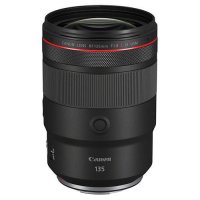I am just surprised - if announcement is just a day away, why was there no sign of any attempts to clear existing R6 stock from Canon?
They could've cleared a big stockpile through promos before the mark-II release
Post news release, they will have to drop the mark-1 prices even more to move it.
They could've cleared a big stockpile through promos before the mark-II release
Post news release, they will have to drop the mark-1 prices even more to move it.
Upvote
0


